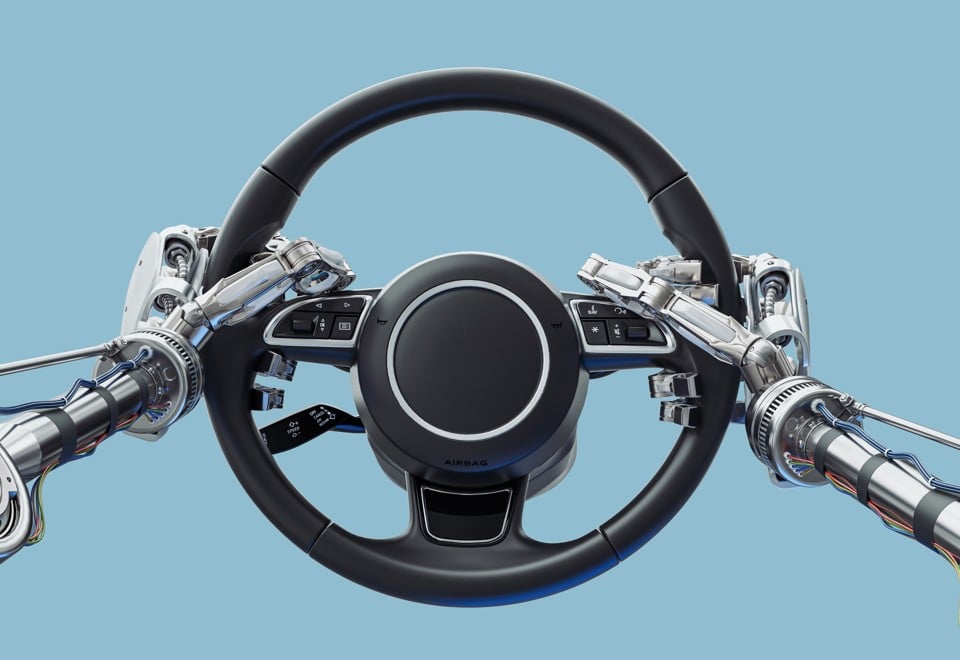New technology, which allows drivers to take their hands off the steering wheel, should be avoided by fleets if given the go-ahead by Government.
The Association of Fleet Professionals (AFP) says that fleets should approach the possible use of so-called Automated Lane Keeping System (ALKS) technologies with “caution”.
The Government could give the green light for the automated lane keeping technology to be the first automated driving system on UK motorways up to speeds of 70 mph from the spring – pending the results of a safety consultation which ended this week.
It will mark the first time a driver can legally take their hands off the wheel and their eyes off the road and allow their vehicle to drive for them.
Thatcham Research says it has serious safety concerns about this plan, because automated lane keeping systems are largely based on today’s assisted driving technology.
AFP chair, Paul Hollick, said: “We’re probably going to see a lot of debates of this kind over the next few years as the ADAS devices fitted to cars become more and more advanced and offer increasing degrees of autonomy.
“Already, we’re seeing some manufacturers making fairly broad claims about the autonomous capabilities of their technology and there will doubtless be pressure for them to be made legal.
“However, our view is very firmly that employers should err very strongly on the side of caution and the doubts expressed by the ABI and Thatcham over the planned use of ALKS on motorways only underlines this position.”
The scenarios that Thatcham Research has identified, in which automated lane keeping system technology will not respond in the same way as a competent driver on a UK motorway, are: debris in the carriageway; pedestrian carriageway encroachment; and motorway lane closures.
It says that the sensors contained within today’s assisted driving technology can only interpret up to around 120 metres. At motorway speeds, that distance allows only four seconds to take back control and avoid an incident.
But current studies suggest a driver needs more than 15 seconds to properly engage and react appropriately to a hazard. That’s 500 metres more required distance than today’s technology provides.
Hollick continued: “The objections they raise about the limits of the technology and the speed with which drivers can re-engage with the on-road situation when they need to take over are genuine questions that need resolving before use on public roads is allowed.
“For the foreseeable future, company car and van drivers should be keeping their hands firmly on the steering wheel. That is the responsible risk management position.”
Furthermore, Hollick says it is important that employers also ensured that the same rules were extended to grey fleet vehicles.
“One of the effects that we’re expecting over the next few months is an increase in grey fleet for many organisations as a result of the coronavirus crisis and compliance in issues of this kind should be identical for employee-owned cars,” he said.
The Society of Motor Manufacturers and Traders (SMMT) claims that automated technology could save 3,900 lives over the next decade and reduce serious accidents by 47,000.
Hollick says that the AFP is supportive of autonomous vehicle technology but it is the role of fleet operators to ensure that it is deployed in a “safe, compliant and controlled manner”.
“Safety has to come first and it needs to be proven that any form of autonomy does not being any inherent issues that could affect the well-being of drivers and other road users.”
Read what Stephen Briers, editor in chief at Fleet News, has to say about the technology in his column.





















Login to comment
Comments
No comments have been made yet.